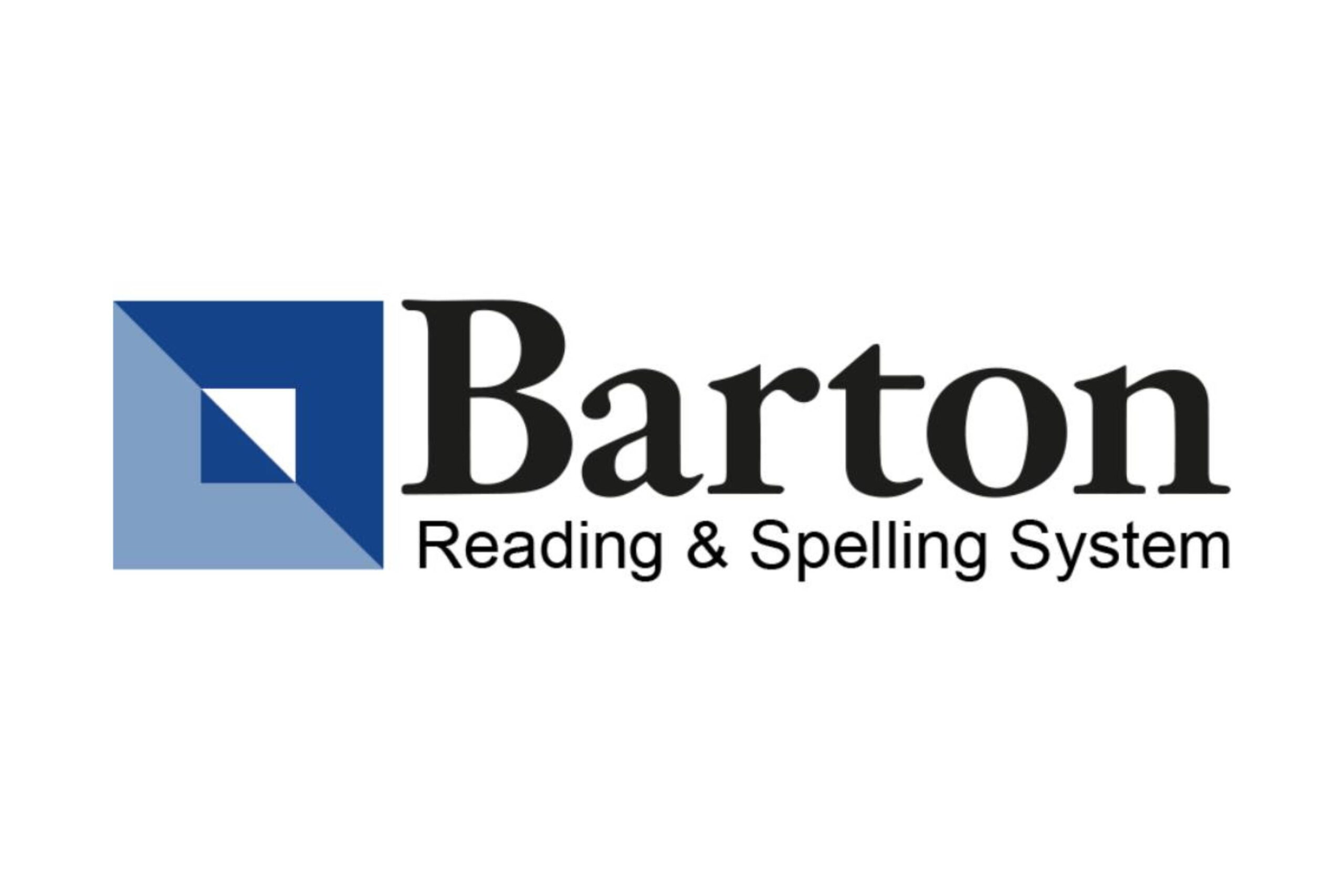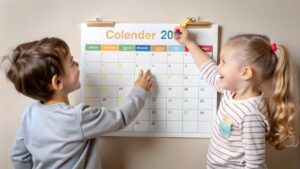The Education Blog

Supporting Dyslexia in a Home School Setting
Your child struggles to decode words they’ve seen before. Reading aloud is exhausting. Spelling seems random. You know they’re bright — their ideas are sharp, their imagination huge — but when it comes to reading or writing, they freeze.
If this sounds familiar, you’re not alone.
Dyslexia is one of the most common learning differences, affecting around 10–15% of the population. And while it brings real challenges — particularly with language processing and literacy skills — it also comes with remarkable strengths in creativity, problem-solving, and big-picture thinking.
Homeschooling gives you the rare opportunity to teach in a way that supports your child’s learning style without the pressure of keeping up with a traditional classroom. With the right tools, routines, and mindset, you can build a dyslexia homeschool plan that nurtures your child’s confidence while helping them become a capable, lifelong learner.
What Is Dyslexia — and What Does It Look Like at Home?
Dyslexia isn’t about laziness or lack of intelligence. It’s a neurological difference that affects how the brain processes written and spoken language. Children with dyslexia often struggle.
- Reading fluency
- Decoding words
- Spelling
- Written expression
- Following multi-step instructions
At home, you might notice they avoid reading, have trouble following phonics programmes, or mix up letters like “b” and “d.”
But alongside those challenges, you’ll often find a child who’s verbally expressive, imaginative, and deeply intuitive. The trick is learning how to work with their brain — not against it.
Why Homeschooling Can Be a Powerful Choice for Dyslexia
Unlike traditional classrooms, homeschool allows for individualised pacing, multisensory teaching, and emotional support — all critical for learners with dyslexia.
Key Benefits of Homeschooling for Dyslexia:
- Flexible timelines: You can revisit concepts as often as needed
- Reduced anxiety: No public reading or spelling tests
- Personalised strategies: Tailored reading and writing supports
- Built–in breaks: Adjust the day based on focus and fatigue
- Safe space to fail and try again: Without judgment or comparison
Most importantly, you can build a routine that celebrates progress — however slow — while honouring your child’s unique gifts.
How to Create a Dyslexia Homeschool Plan That Works
1. Choose a Structured Literacy Programme
Children with dyslexia benefit most from structured, explicit, and sequential instruction in phonics and reading. Look for evidence-based programmes that follow the Orton-Gillingham approach.

- Barton Reading & Spelling System
- All About Reading
- Nessy Learning
- Wilson Reading System
These tools teach reading using multisensory methods, combining visual, auditory, and kinesthetic cues to reinforce learning.
2. Embrace Multisensory Teaching Techniques
Multisensory learning is essential for children with dyslexia. The more senses involved, the stronger the retention.
Try This:
- Use sand trays or textured paper for letter formation
- Colour-code word families or syllables
- Use songs, chants, or rhythm to teach spelling rules
- Play games that involve touch and movement while reinforcing sounds
These activities aren’t “extra” — they’re how dyslexic learners access language.
3. Adjust the Learning Environment
A calm, predictable, and supportive environment is key.
Simple Adjustments Include:
- Allowing the child to use audiobooks or screen readers
- Providing quiet, low-distraction zones for reading or writing
- Giving extra time for written tasks
- Allowing verbal responses instead of written ones when needed
Set up your home to work for your child, not just around them. Even a simple routine with clear expectations can help reduce overwhelm.
4. Focus on Progress, Not Perfection
One of the hardest things for parents (and children) is letting go of grade-level expectations. Reading may not “click” at age six. Or even seven. And that’s okay.
Instead, Track:
- How often your child engages with text
- How confident they feel reading aloud
- How they apply strategies (e.g., chunking sounds, recognising sight words)
- Their resilience when they get stuck
This mindset aligns with effective tracking homeschool progress — focusing on growth over grades.
5. Build Literacy Through Everyday Life
Reading doesn’t have to come only from textbooks. Children learn in rich, layered ways.
Sneaky Literacy Activities:
- Following a recipe (read ingredients aloud, highlight verbs)
- Playing board games that involve reading instructions or clues
- Creating visual storyboards before writing
- Recording their own audiobooks or oral reports
Integrating literacy into life makes it less intimidating — and often more effective.
6. Prioritise Confidence and Emotional Safety
Children with dyslexia often internalise failure. They may say things like “I’m stupid” or “I hate reading.” Your job is to consistently counter that voice with truth, support, and structure.
Ways to Build Emotional Resilience:
- Praise effort, not just outcome
- Share stories of successful dyslexics (e.g., Einstein, Agatha Christie, Richard Branson)
- Allow them to shine in other areas — art, storytelling, science, building
- Help them advocate for their learning needs as they grow
You’re not just teaching your child to read. You’re helping them understand that they can succeed — even if their path looks different.
7. Partner with Experts When Needed
There’s no shame in asking for support. In fact, doing so can make your homeschool journey smoother and more effective.
You Might Consider:
- Hiring a dyslexia tutor (online or in-person)
- Working with an educational psychologist for assessment or updates
- Accessing speech-language therapy if needed
- Joining a local or online dyslexia support group
These professionals can provide tools and perspective — and remind you that you’re not alone.
For more collaborative ideas, you might also explore how homeschool co-ops and support groups create connections and access to specialists.
Common Mistakes to Avoid When Homeschooling with Dyslexia
Being proactive also means watching out for well-intended strategies that don’t work well for dyslexic learners.
Avoid:
- Forcing silent reading before decoding is secure
- Correcting every mistake in writing (focus on one area at a time)
- Comparing siblings’ or peers’ progress
- Rushing phonics for the sake of moving ahead
Patience and perspective are your greatest assets. Your child’s brain isn’t behind — it’s just wired differently.
Celebrate Strengths Beyond Literacy
Children with dyslexia often show exceptional strengths.

- Interactive phonics session between teacher and student.
- Visual-spatial reasoning
- Verbal storytelling
- Big-picture thinking
- Creative problem-solving
Make space for those gifts in your homeschool. Let your child express themselves.
- Art or design projects
- Hands-on science experiments
- Oral storytelling or drama
- LEGO, Minecraft, or other spatial games
This not only builds confidence but reminds them — and you — that they are so much more than a reading level.
Teach the Child, Not the Label
Supporting dyslexia in a homeschool setting is less about finding the “perfect curriculum” and more about becoming a steady, informed, and compassionate guide.
You don’t have to fix every struggle. You don’t have to follow a rigid pace. You do need to be present, adaptable, and committed to your child’s growth — even when it comes slowly.
So take a deep breath. Choose one of the strategies from this post to implement this week. And keep going.
Because when a child with dyslexia learns in a way that works for them, something powerful happens they stop feeling broken — and start feeling capable.









